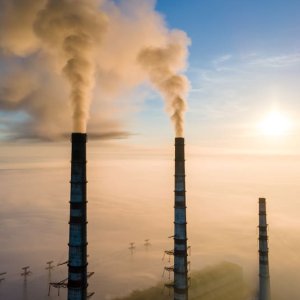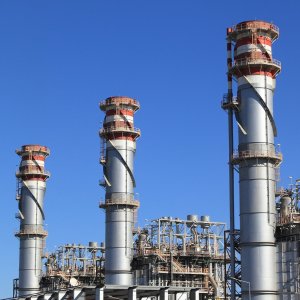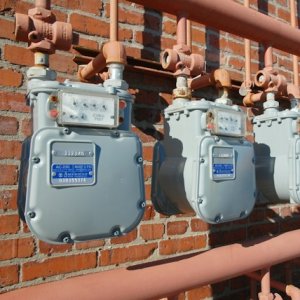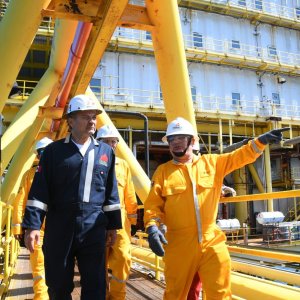Rapid Infrastructure Construction a Key Advantage for Renewables

STORY INLINE POST
Technology and innovation are in the DNA of renewable energies. Beyond being present in the conceptual and intangible elements, they are palpable in the construction of solar or wind power plants, among others.
These are spaces where energy evolution is advancing by leaps and bounds, always with a view to ensuring that both human beings and the environment can enjoy the advantages of sustainability since the construction of a plant is not only based on assembling state-of-the-art equipment but also on establishing a social fabric capable of generating value for itself.
In contrast, non-renewables are increasingly archaic, expensive, and generate negative side effects for the population and each of the surrounding environmental ecosystems.
The latter have been the protagonists of history since industrialization. However, with the development of innovation, it has been demonstrated that, in addition to being pollutants to the environment, they are becoming less profitable and gradually, given their use and exploitation, they are being exhausted.
This is how the world is entering a new stage in which the protection and care of the environment are becoming a priority for all sectors, from those that are linked to a traditional business to those that are involved in issues directly related to technology.
Therefore, a transition to cleaner energy sources that, in addition to generating benefits for nature can produce advantages for Mexico's economic development, is necessary and urgent, especially in a context where global solar capacity is expected to double by 2025 and quadruple to 3,000GW by 2030. In addition, global solar power generation is projected to increase thirtyfold, from 190TWh in 2019 to 22,000TWh in 2050; this would account for most of the new renewable capacity.
However, to meet the forecasts and expectations for renewables, solar parks must be built faster and faster and at competitive prices, allowing the world to adopt them more quickly.
India is a good example: the largest park of this type in the world was built in just four years, between 2016 and 2020, and it is one of the territories that is already reaping the greatest benefits from new technologies.
Mexico is also doing its part. The Villanueva solar plant, in the Coahuila desert, was built by Enel Green Power in less than three years, with 2.5 million panels, distributed over almost 2,500ha of land — equivalent to 3.5 times the size of Chapultepec Park — and an investment of US$740 million.
A total of 825MW is obtained from this facility, capable of producing more than 1,800GWh per year and of supplying almost 900,000 Mexican homes. This makes it clear that Enel Green Power can efficiently contribute to meeting the national energy demand.
Expanding outlooks, if we compare the construction of renewable infrastructure, such as solar plants, against non-renewable structures, the difference is abysmal.
The speed at which solar parks are built responds to different uses of technology, such as digitalization and robotics, while also engaging teamwork. This allows renewable energies to be a benefit for society, which will be able to have electricity at a more competitive price while also making businesses more profitable.
It is also worth noting that clean energies can become an engine capable of providing energy to all those areas experiencing supply problems. Renewable energy is an effective and safe alternative to solve this problem.
According to World Bank data, more than 9 percent of the world's population still has challenges accessing electricity, missing out on the opportunity to use all the services that are currently linked to energy.
We can be sure of one thing: the world will demand more energy in the coming years, just because of population growth. The forecast by the United Nations (UN) is that the world population will increase from 7.6 billion to 8.6 billion by 2030 and to 11.2 billion people by 2100. While we cannot change population perspectives, we can make a difference in the kind of world that we want to inherit for the next generations, framing the type of energy that we want to transfer to them.
The energy transformation is here to stay and the results it has brought to the planet so far are completely tangible, so it is necessary that countries enter this race as quickly as possible to integrate into the world of renewables. It is key to prioritize the care of the planet as the first and only major stakeholder that all companies and society have in common.
























